Sources of Noise and Vibration in Electric Vehicles
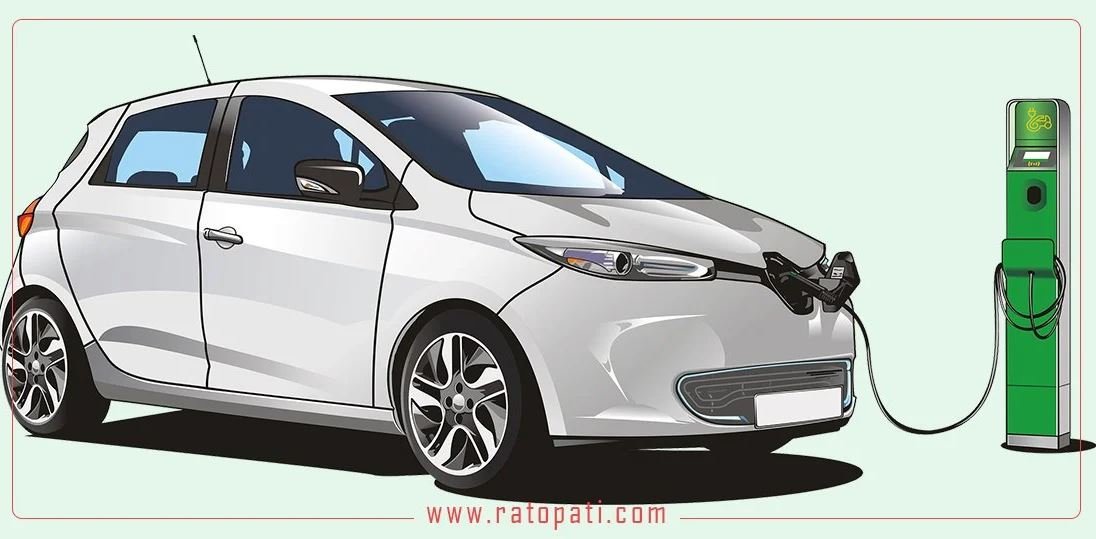
In recent years, the demand for electric vehicles in the market has increased in an era of technological progress aimed at zero emissions to the environment. Electric vehicles are a hot topic in the field of automotive and traffic engineering these days. The International Energy Agency (IEA) has conducted a detailed study on global EV deployment policies along with EV market trends and developments. According to available reports, India is the third largest greenhouse gas emitter, emitting 2.46 billion tonnes of carbon, which is 6.8% of total global emissions. According to one report, 41% of drivers are most attracted by the low running costs of electric vehicles, and 29% focus on improving the environment, but the disadvantages for buyers include the high purchase price (52%) and no local charging stations (44%) and fear of being overtaken on long trips (38%). Once these issues are resolved, there will be no barriers between EV markets soon. The main concept behind EVs is to replace the internal combustion engine (ICE), the main source of emissions in traditional cars, with an electric motor driven by the energy stored in batteries via a power electronic traction inverter. Electric motors use 90–95% of the input energy in the powertrain, while the most efficient conventional motors can only achieve up to 40%. According to the working principle, electric vehicles are mainly divided into three categories.
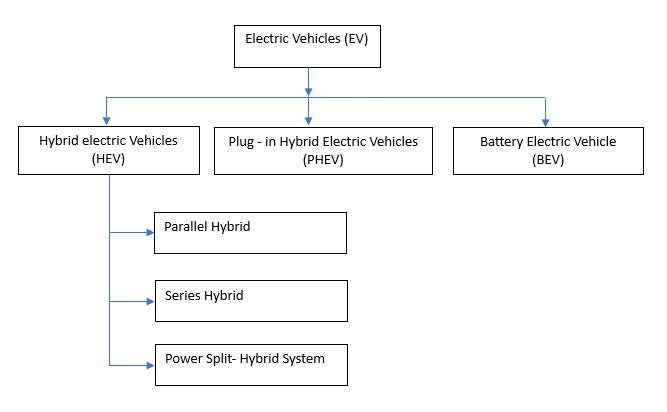
Fig. 1 Classification of electric vehicles
1.1 Hybrid electric vehicles (HEV)
HEVs have both an internal combustion engine and an electric motor. Here the battery is charged by the motor and regenerative braking system. HEVs are seen as a superior solution with the advantages of pure EVs and traditional ICE vehicles in terms of range, independence from charging infrastructure and modern performance. Hybrid Electric Vehicle, is a type of vehicle that combines both internal combustion engine (ICE) technology and electric propulsion to improve fuel efficiency and reduce emissions. These vehicles are designed to take advantage of the strengths of both traditional gasoline or diesel engines and electric motors. HEVs have become increasingly popular in recent years as a more environmentally friendly and fuel-efficient alternative to conventional vehicles.
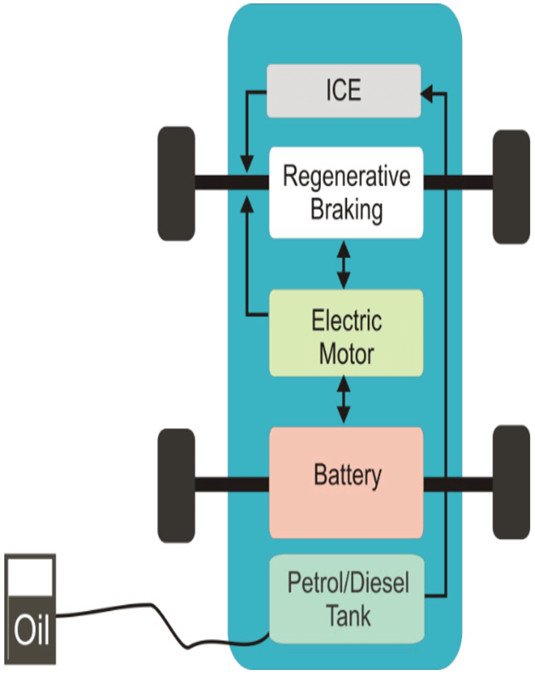
1.2 Plug-in hybrid electric vehicles (PHEV)
PHEVs also consist of an internal combustion engine and an electric motor with a large rechargeable battery. If the battery is being charged externally, the vehicle will initially be driven by the motor. When the battery runs out, it switches to ICE, propelling the vehicle and recharging the battery at the same time. A Plug-in Hybrid Electric Vehicle (PHEV) is a type of hybrid vehicle that combines an internal combustion engine (ICE) with an electric motor and a larger battery pack that can be recharged from an external power source, such as an electrical outlet. PHEVs are designed to offer the benefits of electric driving with the flexibility of a gasoline or diesel engine for longer trips. They are seen as a bridge between traditional internal combustion engine vehicles and fully electric vehicles (EVs).
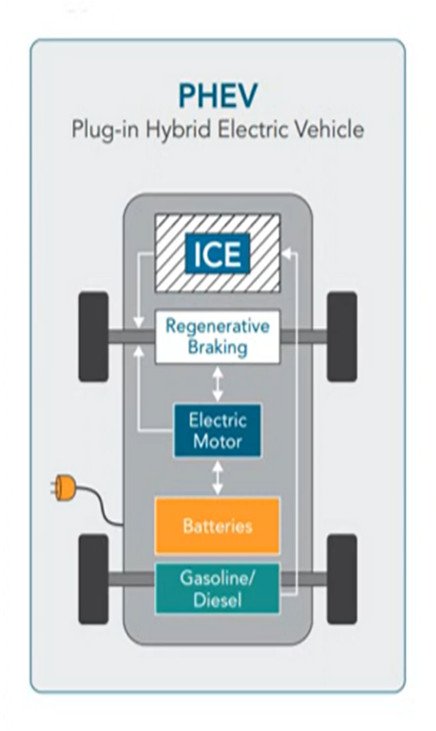
1.3 Battery electric vehicle (BEV)
A Battery Electric Vehicle (BEV) is a type of electric vehicle that operates solely on electric power, using a large battery pack to store and deliver energy to an electric motor for propulsion. BEVs are entirely free of internal combustion engines and do not rely on gasoline or diesel fuel. Instead, they are charged by plugging into an electrical outlet or a charging station.

2. Main Sources of noise and vibration in EVs
The sources responsible for electric vehicle noise vibrations and harnesses (NVH) fall primarily into several segments electric motor noise, Mechanical and auxiliary systems.
2.1 Electric motor noise
2.1.1 Induction motors (IM)
2.1.2 Permanent magnet synchronous motors (PMSM)
2.1.3 Brushless DC motors (BLDCM)
2.1.3.1 Electromagnetic noise
2.1.3.2 Maxwell forces
2.1.3.3 Magnetostrictive force
2.1.3.4 Cogging torque (CT)
2.1.3.5 Laplacian forces
2.1.4 Mechanical noise
2.1.5 Aerodynamic noise
2.2 Mechanical and its auxiliary system noises
2.2.1 Powertrain noise
2.2.2 Engine noise
2.2.2.1 Engine start-up vibrations
2.2.2.2 Vibration at idle
2.2.2.3 Engine shutdown vibration
2.3 Tire Road Noise
One way to reduce tire and road noise in electric vehicles (EVs) is by using low-rolling-resistance and low-noise tires. These tires are designed to minimize the noise generated by the interaction between the tire and the road surface. In addition to tire selection, improving the suspension and steering systems can also contribute to reducing tire and road noise in EVs.
2.4 External aerodynamic noise
It is a significant source of noise in various applications, including vehicles, aircraft, wind turbines, buildings, and bridges. In the automotive industry, external aerodynamic noise, also known as wind noise, is a crucial factor in vehicle design.
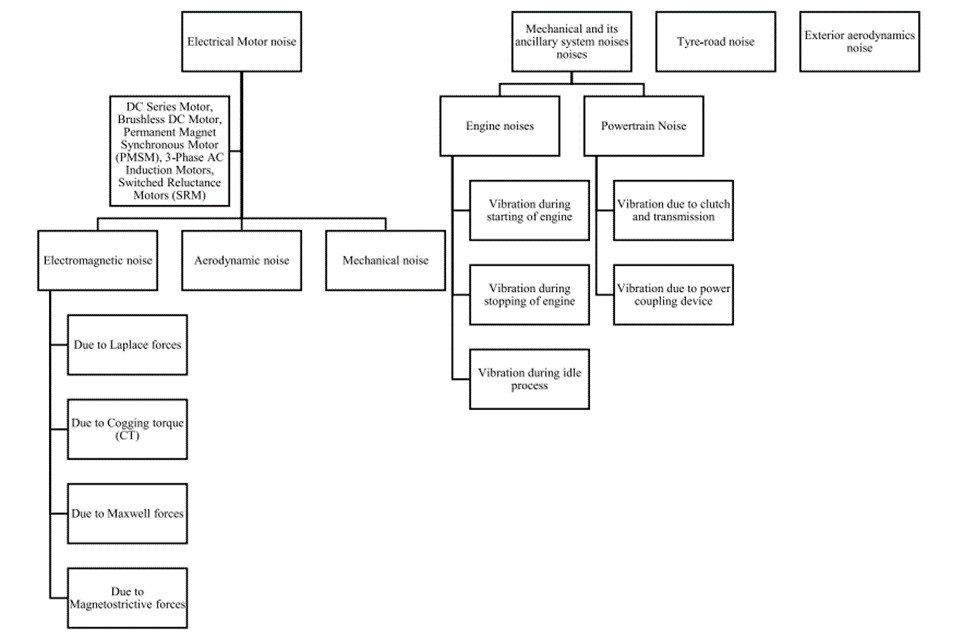
Fig. 2 Sources of noise and vibration in EV
3. Barriers for EVs in the Nepalese market
3.1. Market
3.1.1. Vehicle Servicing
3.2. Technical
3.2.1. Battery lifespan/efficiency
3.2.2. Driving range of electric vehicle
3.2.3. Charging time
3.2.4. Safety requirements of electric vehicle
3.2.5. Environmental impact
3.3. Policy
3.4. Infrastructure
3.4.1. Charging infrastructure
3.4.2. Battery recycling
4. Changes affecting NVH
As drivetrains become increasingly electrified, engineers need to pay more attention to the following four categories that create NVH in a vehicle:
1. Noises previously concealed by the ICE
2. High customer expectations and good NVH management
3. Interior adjustment features driven by electric motors
4. Increase in the number of electric motors, both driveline and mechatronics
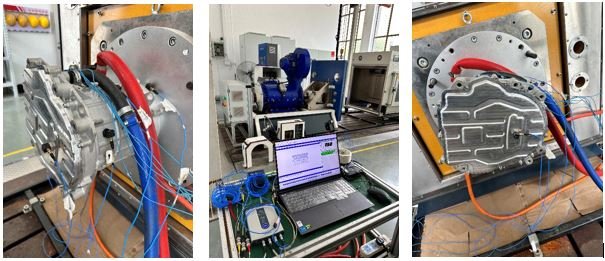
5. Conclusion
NVH characteristics are of paramount concern for vehicle driving comfort. It also directly affects battery life and structural life. Proper noise and vibration detection is required to further improve noise and vibration quality. Electromagnetic forces, mechanical forces within electric motors, power transmission components, power distribution devices, air resistance, and tire-road interaction are the main sources of vibration.



Leave Comment